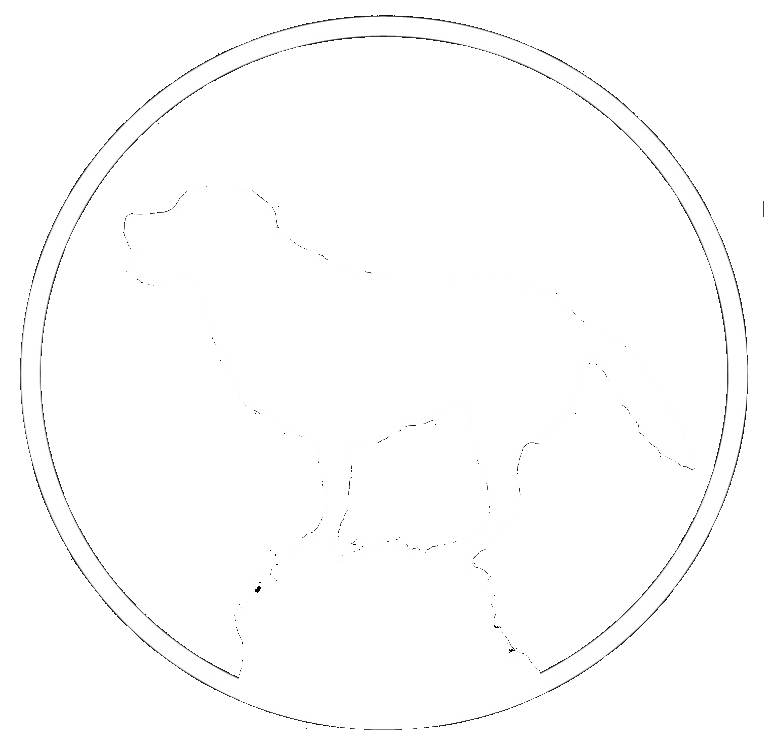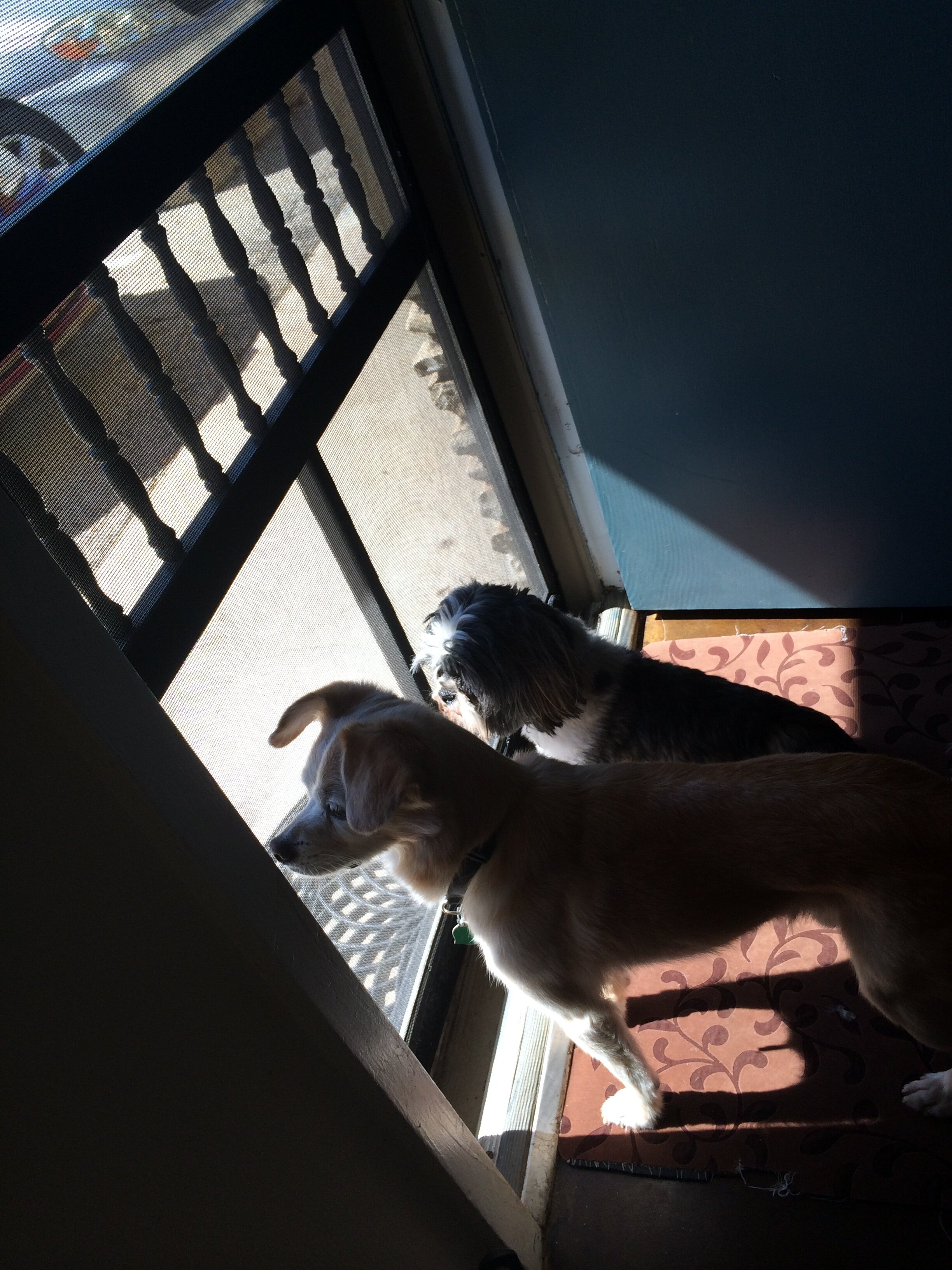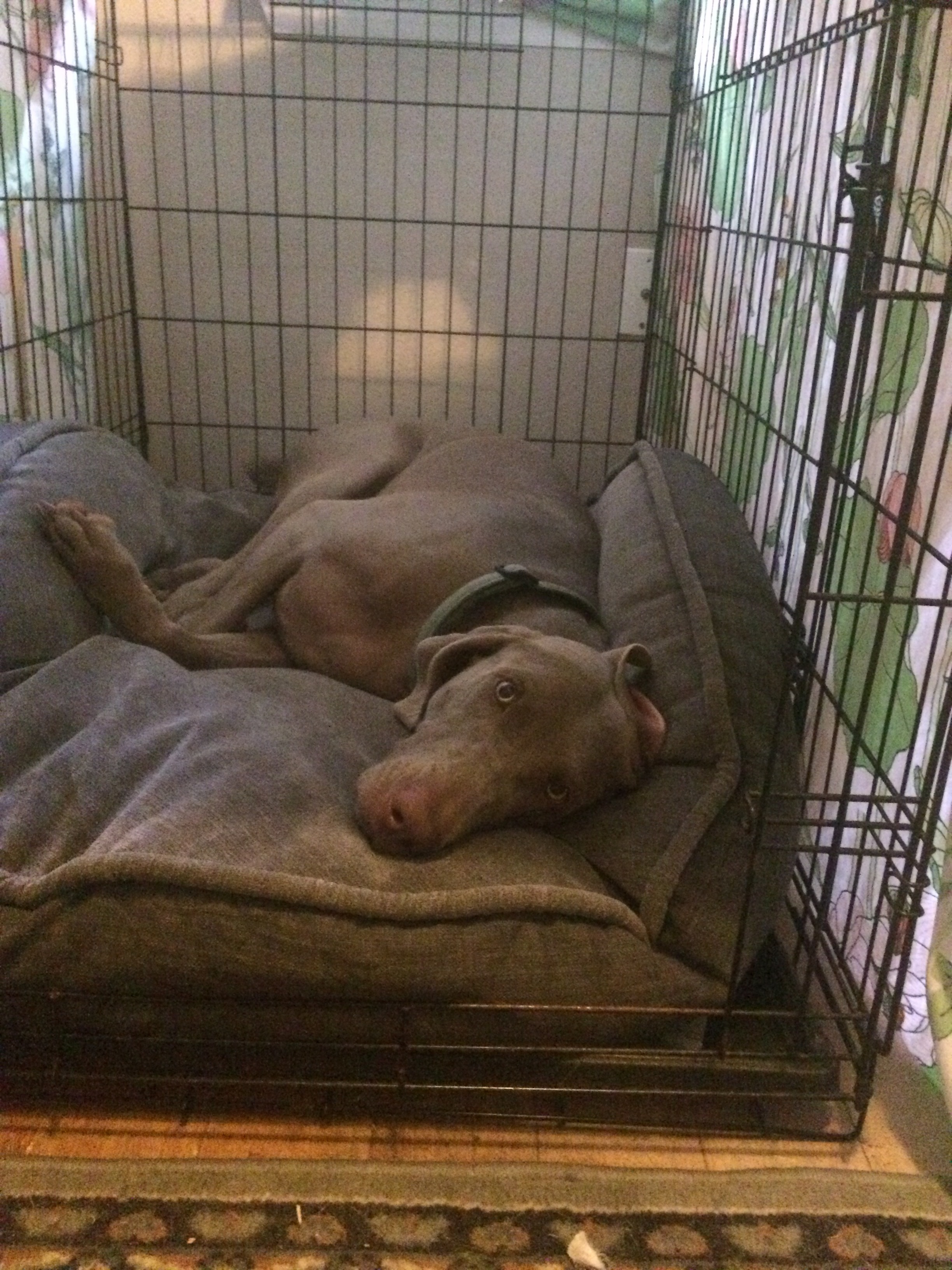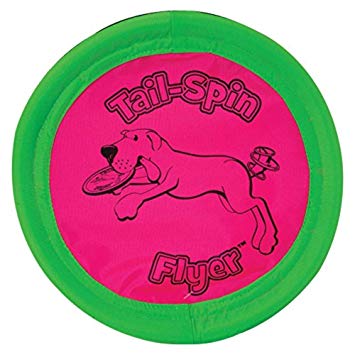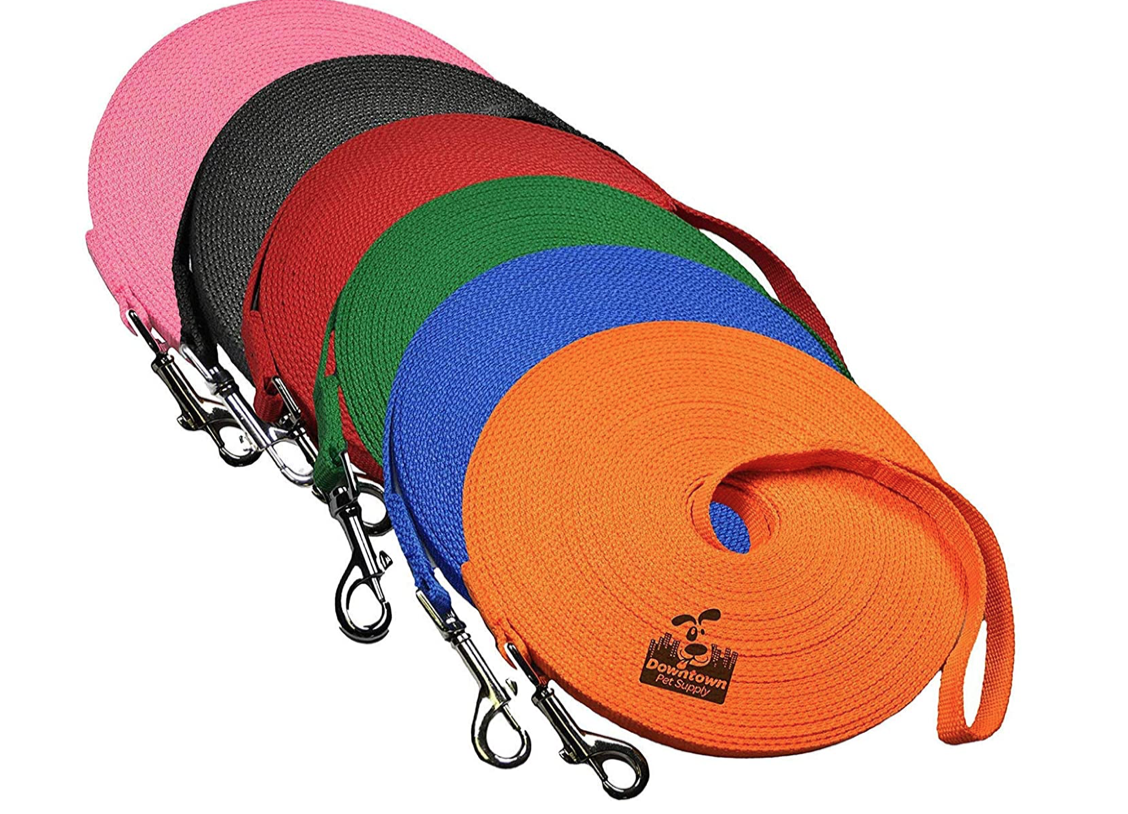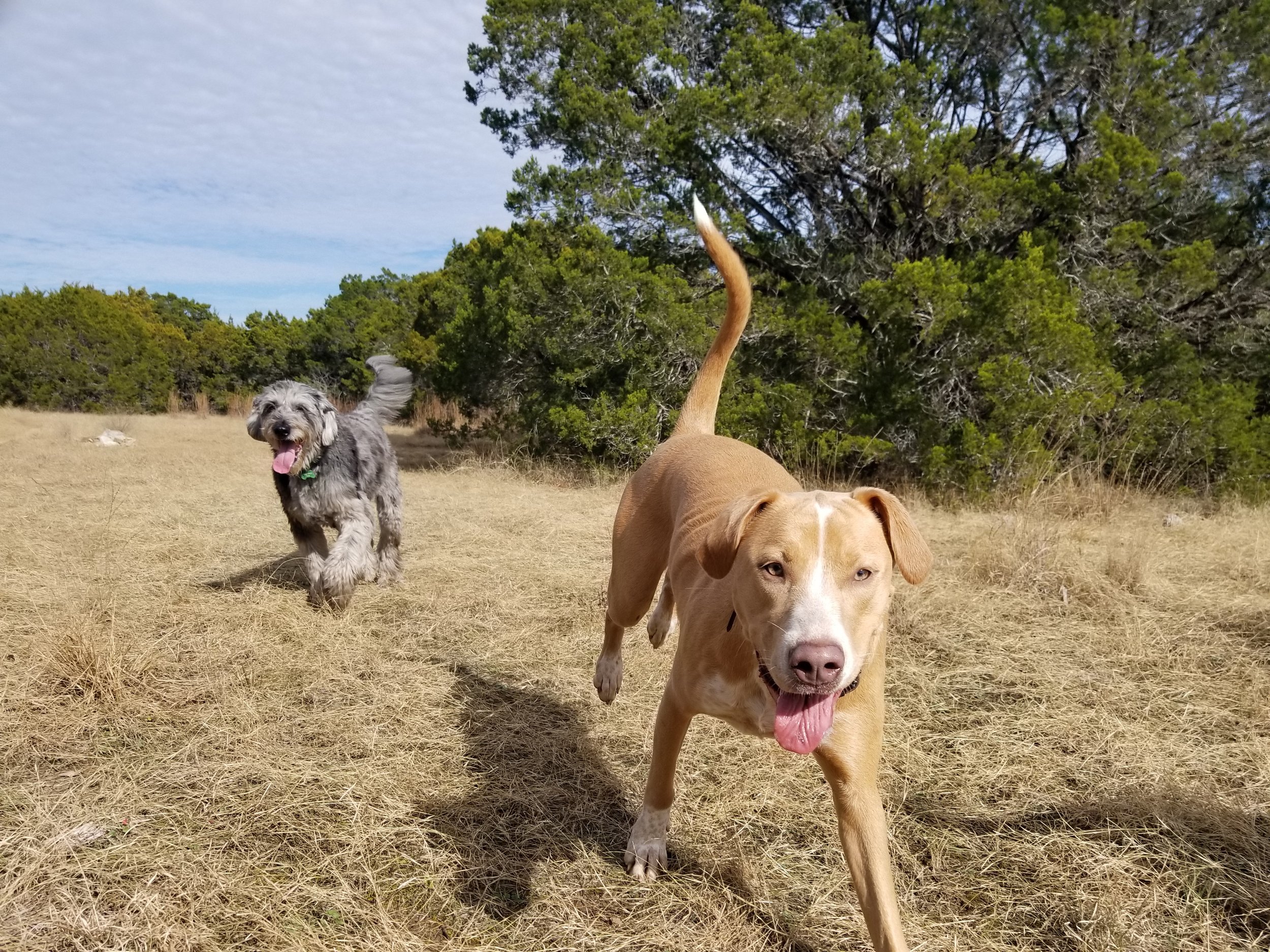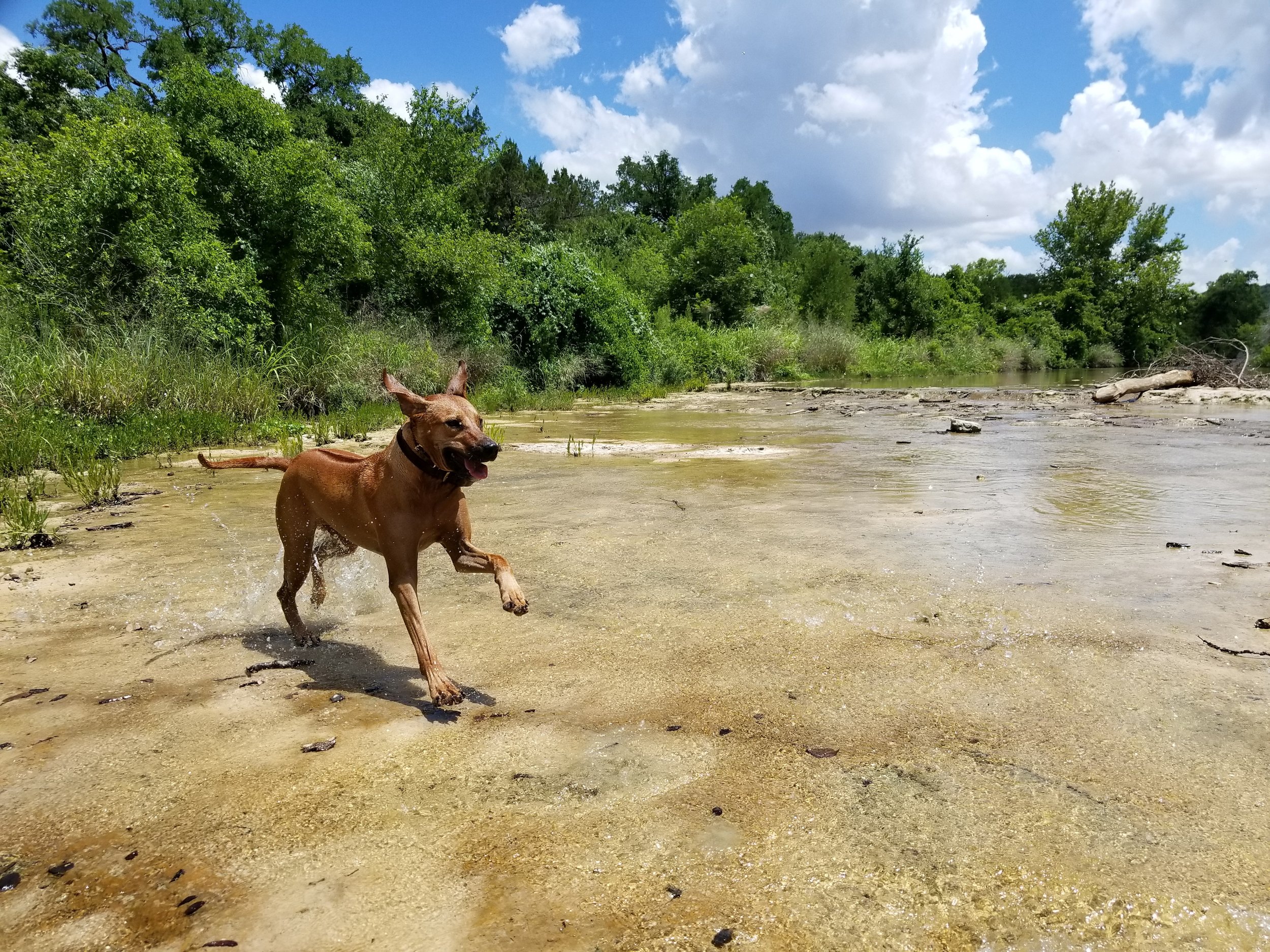I love the eCollar as a tool. I initially didn’t want to use it, but when a client insisted, I learned how to use an eCollar. I was honestly astounded by how effective it was. The collar accomplished in two weeks what my other training techniques hadn’t in two months. Their Australian Shepard, who would regularly gallivant in the woods, became a safe and cooperative hiking companion who could enjoy the trails without risking getting lost in them. She responded to that type of pressure intuitively and with irritation at worst. She didn’t yelp. She wasn’t upset when it went on. She learned her job was to come back to me. Because of the eCollar she enjoyed a lot more freedom and she really enjoyed no longer getting into trouble.
Despite how effective I have found it, the eCollar is often the last tool I recommend. I don’t want my clients to spend the money if they don’t have to. I don’t want to jump to one of the most intense tools before trying the more subtle techniques I have found to be miraculously effective. I want my clients to invest time in the foundation of their relationship, to go back to basics, to make changes in the way they see their dog and become more aware of their relating dynamic. I teach my client to understand their culture, their body language and learn to speak dog.
The way our dog sees us, the way they feel about us, and how that makes them feel about the world plays in to every training situation I’ve ever been in. Whether you follow through on commands, how often you advocate for them in public, and whether or not you move through your life reinforcing good manners can all have a huge effect on whatever is going ‘wrong’ for your dog. Before we address what we are asking the dog to do, we have to ask if we are the kind of person our dog wants to listen to? People are not aware of their behavior is being interpreted by their dog and often our most loving behaviors can have an adverse effect on our dogs.
I don’t use the eCollar until I have made sure my clients have an effective way of communicating with their dog. If they talk to their dog without relevant content such as a command, their dog is less likely to listen in general. If my clients give up and don’t follow through on commands, cooperation becomes optional. If there is no consequence for ignoring commands, their dog has no incentive to listen. Making changes in how they communicate with their dogs can completely shift how responsive the dog are to them, no eCollar necessary.
I don’t use the eCollar until I have made sure we have clearly explained how we want the situation or action to look to the dog. We set up many moments throughout the day to practice this new way of doing things. I teach a client to read their dog’s stimulation and excitement level so they can shift their communication to be effective in that moment, pause or retreat as needed. I make sure they redo each action if they don’t get it right the first time so the dog learns the new way is the only way from now on. I have them slowly build the stimulation level as the dog is reliably successful so we don’t put them in a situation where they regress to the less desirable or problematic behavior.
Dogs that tend to respond well to the eCollar aren’t motivated by incentives or rewards like treats, activities, affection and attention. They aren’t effectively and reliably deterred by energetic, body language and leash corrections. Some dogs are thick skinned - literally. They need more disincentive than I’m capable of giving. The eCollar provides subtle then incrementally more of an uncomfortable feeling until the dog decides it’s annoying enough to change course. The stimulation levels on the collar I like go so low that humans can’t feel it. At the lightest stimulation your dog responds to it’s a light tap or tingle, just enough to get a calm dog to check in with you. You incrementally increase the stimulation as you move through the command structure I teach.
Say it clearly, but pleasantly. Wait a beat to see if you get a response from them or not. Say it again adding your dog's name and a clap if they are at a distance. Wait a beat. Give the command more sternly, using your energy, posture, facial expression and a stern, gravely tone of voice. Wait a beat then go make whatever you asked for happen or change the situation. With the eCollar, we add in a low level stimulation if our dog doesn’t respond when we wait a beat after the third time we give the verbal command then increase it incrementally on each repetition.
It takes time to acclimate a dog to the eCollar. Ideally they have a day or two to smell it and wear it around the house. On leash or a long line, set up minor situations where your dog may ignore you and starting at level 1 find the lightest stimulation that will cause them to pause or bring their attention back to you. If there is a twitch or yelp you are too high and I just told you to start at level 1. When they feel the stimulation, use the leash and your body language with verbal commands to guide them into whatever you just asked them to do. Just like everything else, introduce these concepts in the quietest possible situation and as they understand and become reliable, increase the distractions - like practicing in a hallway or the yard, then in busier and more interesting areas incrementally the more reliable they are and take a step back if they start to fail. You want your dog to associate the stimulation with checking in with you, coming back to you, or stopping ignoring you.
There are certain training challenges that the eCollar is well suited for. I have used it most often for training reliable recall for dogs that want to go off leash hiking. These dogs may have a high pray drive and could die or get lost chasing wildlife. Sometimes dogs are more defiant, willful or stubborn. They cannot be incentivized to be cooperative. The collar, like a big speed bump or a speeding ticket, creates and unpleasant, but not painful or traumatic consequence for ignoring us, the kind humans who cherish their health and safety above all and need for them to listen. Using the collar, these dogs’ attitudes have shifted and their singlemindedness decalcified. They become dogs that are happily in the habit of being cooperative and they bloom as a companion.
If your issue is something that happens only when you aren’t in the room, the collar can be useful for ‘touching' your dog when you aren’t close. Counter-surfing, chewing, climbing on furniture, digging in the yard, eating poo, nuisance barking. Some of these require setting up a camera or video calling yourself so you can spy on your dog and use the stimulation at the appropriate timing and level to deter the behavior, watching their body language . You have to practice for long enough and often enough to truly break these habits. A few set ups isn’t enough unless you use the collar at a traumatic level. You have to carry the collar on you constantly to get the timing right. It’s a commitment and not a quick fix.
Occasionally I have used the eCollar on a dog who is pulling on the leash in a way that is physically dangerous to them and to me. The collar can provide added incentive after we have addressed this pulling at the foundational training levels of building a respectful relationship, practicing self regulation and impulse inhibition, and giving clear commands with appropriate rewards and a clear consequence structure. This tool doesn’t physically hurt your dog, but years of dragging you on a taught leash can. It is also socially responsible to take strong steps to address this as it could be dangerous for you, your dog and others out in public. A dog who can drag you is a serious situation.
After my initial training approach has time to take effect, usually 6-8 weeks, I will sometimes use the collar on reactive dogs. The collar can be a way of reaching a dog beyond his mental capabilities in a strong reaction. When a dog is reacting, they aren’t in their thinking brain. They can’t process language into the alternative appropriate action. They probably can’t even hear you. If my initial recommendations of giving clear commands with a clear consequence structure, building a respectful relationship, and slowly working with the trigger in incremental stimulation levels fails, we add in the stimulation of the collar to get their attention and disincentivize the reaction. Many of us learn at an early age we will get in trouble for hitting. In that moment of anger the threat or memory of the potential consequence is enough to get us to figure out how to process those difficult feelings in a different way. When a dog doesn’t like how they feel when they react they will find an alternative, take the quit cue earlier and more gently, and start behaving more thoughtfully. It is essential that a reactive dog trust you before introducing the collar in this training scenario.
I sincerely believe the collar is a great tool. It has solved training challenges that other tools failed to shift. I have been living on the road for six months and I have one in my car. I’ve been staying with dogs, but I haven’t had to use it once. Why? Because the relational shifts and the way we move about the world with creating the dog we want in mind was always enough to guide a dog out of bad habits and into new, better ones. When a trainer tells you to put a collar on your puppy, gives you a collar at the first session, advertises themselves as eCollar trainers, or suggests the eCollar without teaching you about how your dog sees you, is using the tool because it’s fast and easy and not because it’s really right for you and your dog.
As a dog owner you have to look at any problem you are having with your dog and consider whether or not, in general, they respect you enough to listen to you. You need to clear up your communication so you can show your dog exactly what you want. Ideally you are practicing the skills you need to be successful and building the thoughtful, cooperative mindset your dog needs to become a true teammate. Have you set them up to meet this challenge? Have you moved incrementally through stimulation levels, showing them what you want and making sure they experience success?
To me, this is what dog training is. Understanding how we affect our dogs, becoming more aware in our interactions, setting our dogs up to win and seeking to truly understand them instead of jumping to a quick fix and essentially relying only on pain to teach them.
I love the eCollar as a tool, but it concerns me that the article teaching how to set it up is the most popular article in the ‘how to’ guides of my website. It concerns me how often I see dog trainers extolling it’s benefits and effectiveness to owners who are desperate for a fast resolution to their frustrations. I am deeply worried when I hear owners recommending it to each other on forums as a first step, especially when they don’t also recommend having a trainer teach you how. I will always be open to using the eCollar, but I will continue to use it after other approaches have fallen short and no earlier in the training than that.
